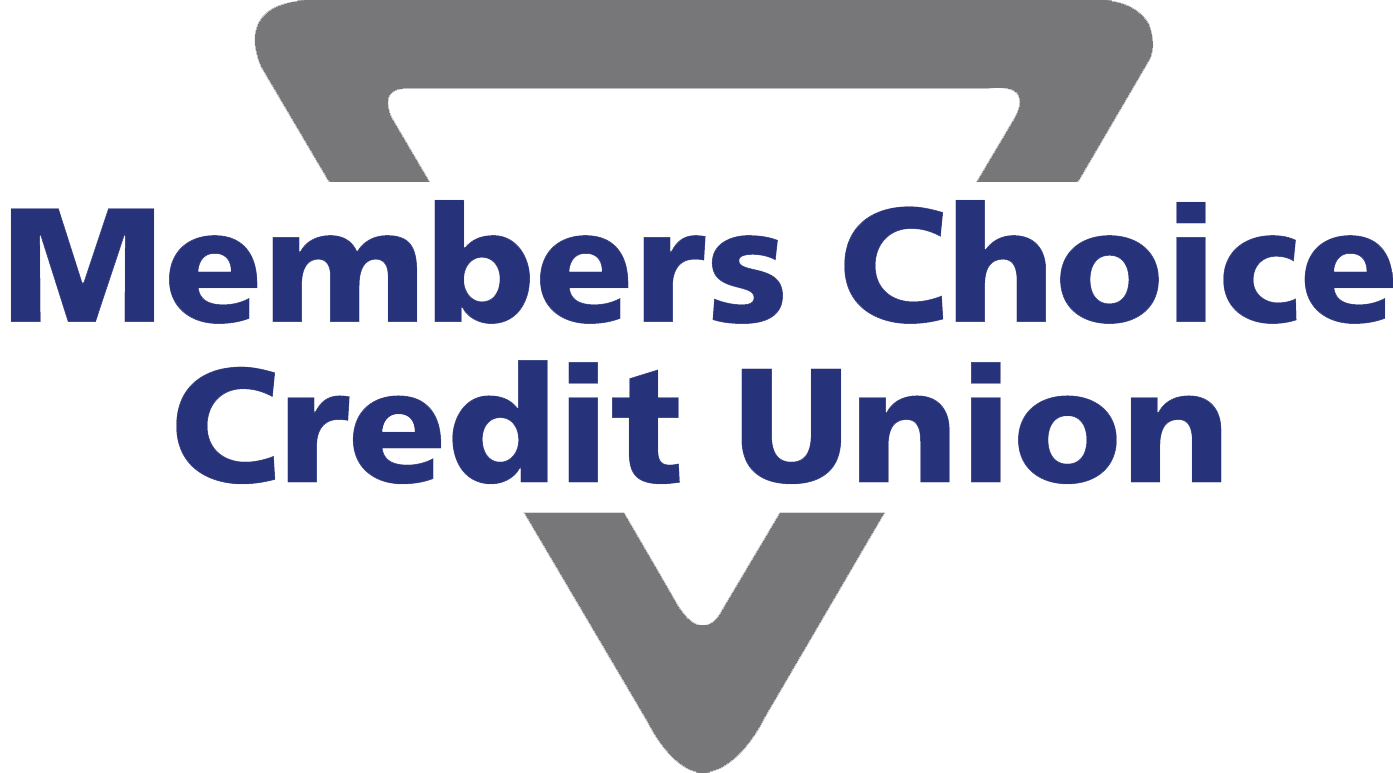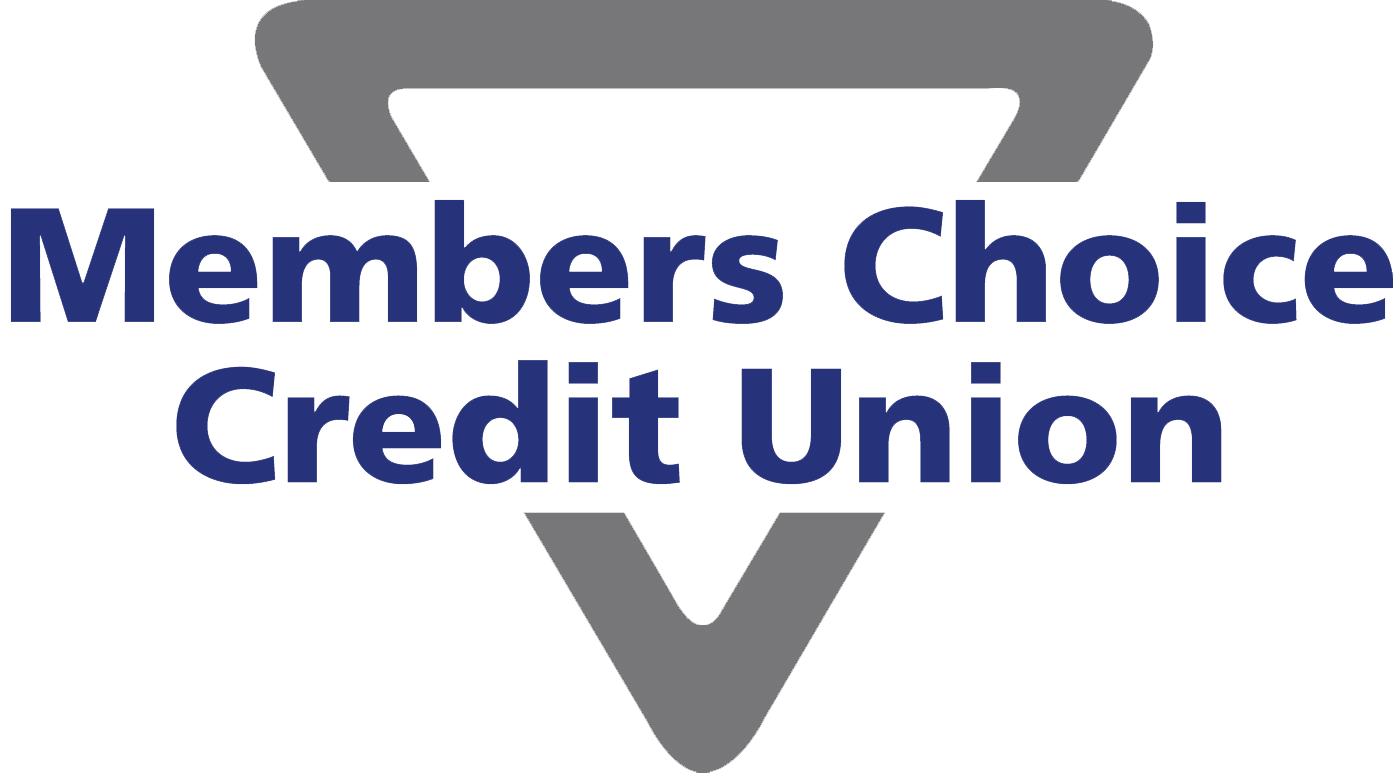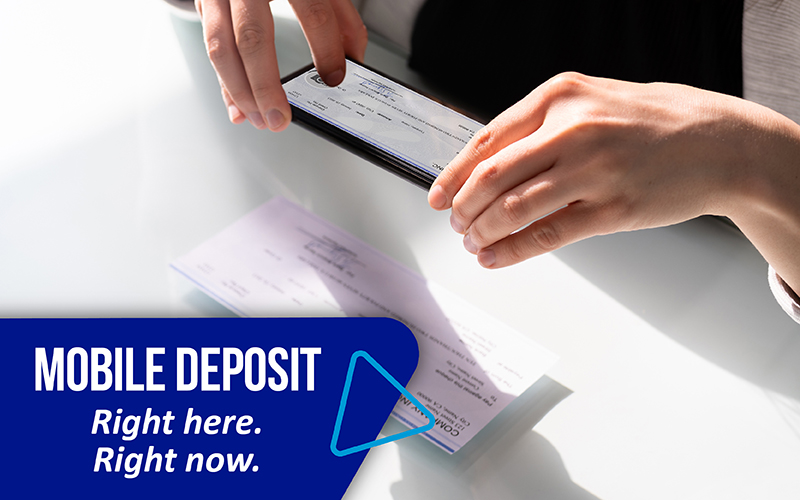A Comprehensive Guide to Mastering Personal Banking Tools
Unlock the power of personal banking tools and transform your financial management with ease.
Personal banking tools are designed to make managing finances both intuitive and convenient. From mobile banking apps that allow you to bank anytime, anywhere, to budgeting software that helps track spending and set goals, these resources fit seamlessly into your daily routine, no matter your level of tech comfort.
This tutorial will guide you in understanding and making the most of personal banking tools. By exploring both basic functions and advanced features, you'll gain the confidence and skills needed to take control of your financial future, leading to greater financial freedom and peace of mind.
Understanding Personal Banking Tools
Personal banking tools are essential resources that empower you to take charge of your finances with convenience and efficiency. But what exactly do these tools entail, and how can they benefit your financial management?
At their core, personal banking tools include digital applications and resources provided by banks and financial institutions. These tools are crafted to simplify everyday financial tasks such as checking account balances, transferring funds, paying bills, and creating budgets.
Mobile banking apps, for instance, enable you to manage your bank accounts directly from your smartphone or tablet. With features like real-time transaction alerts and mobile check deposits, staying on top of your financial situation becomes effortless.
Budgeting software is another vital tool that helps you establish a realistic budget, monitor your spending, and achieve your financial goals. By offering a comprehensive view of your income and expenses, these tools guide you in making informed financial decisions.
Mastering personal banking tools can lead to improved financial habits, reduced stress, and a clear path to achieving your financial objectives. In the following sections, we'll explore the setup and utilization of these tools to maximize their effectiveness in your daily life.
Setting Up and Accessing Banking Tools
Getting started with personal banking tools is a straightforward process, but knowing how to set them up correctly is crucial for a smooth experience. Here's a step-by-step guide to help you with the setup and access of these tools:
1. Choose Your Tools: Begin by selecting the banking tools that best suit your needs. Most banks offer mobile apps and online banking portals, while third-party budgeting software like Mint provides additional resources for financial management.
2. Set Up Your Accounts: If you're using a mobile banking app or online banking, download the app from your bank's website or app store, then register using your account information. Follow the prompts to set up your account securely.
3. Secure Your Information: Safety is paramount when it comes to digital banking. Enable two-factor authentication if available, and use strong, unique passwords for your accounts. Always keep your login information confidential.
4. Explore Features: Once your account is set up, take some time to navigate the features available. Familiarize yourself with the interface, learn how to check your balance, transfer funds, and pay bills directly from your phone or computer.
5. Set Up Alerts and Notifications: Configure alerts to stay informed about your account activity. Many apps allow you to set notifications for low balances, large transactions, and upcoming bill payments, keeping you in the loop at all times.
By setting up your banking tools effectively, you'll be well on your way to managing your finances with confidence and ease. The effort invested in the initial setup will pay off in the long run, ensuring your financial health is monitored and maintained efficiently.
Navigating Mobile Banking Apps
Mobile banking apps have revolutionized the way we manage our finances, providing the convenience of a full-service bank right in your pocket. Here's how to make the most of the features these apps offer:
Check Balances and Transaction History: One of the most fundamental features of mobile banking apps is the ability to check your account balances and view your transaction history. This allows you to stay informed about your account status and detect any unauthorized transactions promptly.
Transfer Funds with Ease: Transferring money between accounts or sending funds to friends and family is quick and easy with mobile banking apps. Whether it's a one-time transfer or a scheduled payment, these apps offer seamless ways to move your money.
Pay Bills Online: Forget writing checks or visiting payment centers; mobile banking apps enable you to pay your bills directly from your device. Many apps allow you to set up recurring payments, ensuring that bills are paid on time each month without manual intervention.
Deposit Checks Remotely: Many mobile banking apps come with a feature called mobile check deposit. Simply take a photo of the check with your device’s camera, and the funds will be deposited into your account without a trip to the bank.
Manage Cards and Accounts: Mobile apps provide tools to manage your debit and credit cards. You can activate new cards, report lost or stolen cards, and even set spending limits, giving you complete control over your accounts.
By familiarizing yourself with these features, you'll unlock the full potential of your mobile banking app, leading to more efficient and effective financial management. It's all about making banking easy and accessible, wherever you are.
Budgeting and Financial Planning Tools
Budgeting and financial planning tools are indispensable in helping you take control of your financial future. Here's how to leverage these resources effectively:
1. Creating a Realistic Budget: Begin by listing all your income sources and monthly expenses. Use budgeting tools to categorize your expenses and set limits for each category, which will help you monitor and control your spending habits.
2. Track Your Spending: Many budgeting apps allow you to link your bank accounts and credit cards directly, providing real-time updates on your spending patterns. This transparency empowers you to adjust your budget as needed and avoid unnecessary expenditures.
3. Set Financial Goals: Whether you're saving for a vacation, a new home, or retirement, budgeting tools offer features to set and track your financial goals. Define your goals, establish timelines, and monitor your progress to stay on course.
4. Analyze Your Financial Health: Utilize the reporting features of budgeting tools to gain insights into your financial health. This analysis can help you understand where your money is going, identify areas for improvement, and make informed decisions.
5. Integrate with Personal Banking Tools: Many budgeting applications can be integrated with personal banking tools, offering a seamless experience as you manage your overall financial ecosystem.
By effectively utilizing budgeting and financial planning tools, you'll gain better control over your financial situation, making it easier to achieve your financial objectives and secure your future.
Utilizing Online Banking for Improved Awareness
Online banking is an invaluable tool that provides an overview of your financial activity and helps you stay informed about your finances. Here’s how you can make the most of it:
Monitor Transactions Regularly: Regularly reviewing your transaction history online helps you stay aware of your spending habits and spot any unusual activity quickly. This vigilance is key to maintaining financial security.
Set Up Account Alerts: Most online banking platforms allow you to customize alerts for various account activities. Receiving notifications for transactions above a certain amount, low balances, or due payments ensures you’re always in control.
Plan for the Future with Online Tools: Many online banking platforms offer predictive financial tools that analyze your spending patterns and offer insights. Utilize these tools to plan future expenses and make better financial decisions.
Access Financial Statements and Reports: Online banking provides access to electronic statements and detailed financial reports, giving you a comprehensive view of your financial health. Easily track your spending across months and years.
Link to Personal Banking Tools: By integrating online banking with your other personal banking tools, like mobile banking apps or budgeting software, you create a unified financial management system. This integration allows for a seamless approach to managing your finances across different platforms.
Using online banking effectively enhances your financial awareness and control, paving the way for informed and confident financial management.
Advanced Features and Strategies
Once you're comfortable with the basics of personal banking tools, it's time to explore the advanced features they offer. These features can provide deeper insights and help you make more informed financial decisions:
1. Investment Tracking and Management: Many banking tools now offer capabilities to manage and track your investments. Whether you have stocks, bonds, mutual funds, or other investments, these tools can help you monitor performance, manage your portfolio, and even provide insights into investment opportunities.
2. Expense Categorization and Analysis: Advanced budgeting tools can automatically categorize your expenses, presenting you with detailed reports that make it easier to see where your money goes. Use these insights to adjust your budget or spending habits to align with your financial goals.
3. Debt Management Solutions: Personal banking tools can assist in managing and reducing debt by providing strategies, assembling personalized repayment plans, and offering tools to track your progress. They can also identify areas where you can cut back to increase your debt payments.
4. Goal Setting and Progress Tracking: Use your banking tools to set long-term financial goals, such as saving for a house or retirement. With built-in features to track your progress, these tools can provide motivation and accountability as you work towards achieving these milestones.
5. Integration with Multiple Accounts: For those managing multiple accounts, advanced banking tools can integrate them into a single view, allowing you to manage your financial landscape seamlessly. This feature offers a comprehensive overview of your financial health at any given time.
By taking advantage of these advanced features, you can elevate your financial management to new heights, allowing for greater control, efficiency, and success in meeting your financial goals.
Common Challenges and Troubleshooting
Even with the best tools at your disposal, you might encounter some challenges when navigating personal banking apps and systems. Here’s how to address common issues and where to find help:
Technical Difficulties: Technology isn’t flawless, and sometimes you might face issues with logging in, navigating the app, or experiencing downtime. If this happens, try basic troubleshooting steps like restarting your device, checking your internet connection, or updating the app to the latest version.
Security Concerns: Protecting your financial information is crucial. Ensure you’re using strong, unique passwords for your accounts, enable two-factor authentication, and regularly monitor your accounts for suspicious activity. Contact your bank immediately if you suspect any unauthorized transactions.
Confusion with Features: With so many features available, it can be overwhelming to figure out how to use them effectively. Don’t hesitate to reach out to your bank’s customer service for guidance or check their online resources and tutorials to better understand specific functionalities.
Data Synchronization Issues: Occasionally, you might find disparities in account balances due to delays in transaction processing or syncing across devices. Make sure your app and devices are updated to the latest versions, and follow any recommended steps from your bank to resolve these issues.
Security Updates and Best Practices: Stay informed about the latest security updates and best practices from your bank. Regular software updates and awareness of common security threats can help keep your personal and financial information safe.
By anticipating these challenges and knowing how to troubleshoot them, you can ensure a seamless and secure experience while using personal banking tools. Doing so, you'll be better equipped to focus on effectively managing and enhancing your financial well-being.
Your Next Steps
Mastering personal banking tools can transform how you manage your finances, offering a new level of convenience and control. From setting up mobile and online banking to leveraging advanced features like investment tracking and personalized financial strategies, these tools are designed to empower you on your journey toward financial stability and independence. By incorporating these tools into your daily life, you'll be better poised to make informed decisions, reduce financial stress, and achieve your financial goals with confidence.
Take the first step towards a more organized and stress-free financial future today. Explore the full range of personal banking tools available to you and integrate them into your routine. And remember, if you have any questions or need further assistance, don't hesitate to contact us. Our team at Members Choice Credit Union is always here to help support your financial journey with personalized guidance and community-focused expertise.





